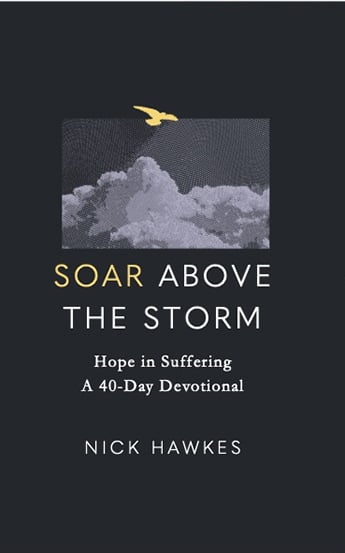From the very start of the Bible in Genesis, God introduces us to “patterns” which then occur throughout the Bible. One of these patterns is the concept of a sheep being sacrificed to pay the price for sins. This theme is repeated throughout the Bible. For example: God provided a sheep (specifically, a ram) for Abraham to sacrifice at Mount Moriah, instead of sacrificing his son, Isaac (Genesis 22). This introduced the theme of God being the one who would ultimately provide a lamb for sacrifice – as we shall see.
God asked Abraham to sacrifice Isaac on Mount Moriah to test Abraham’s faith. Of course, God had no intention that the act be carried out, and he dramatically reversed the narrative by saying that he would provide what was to be sacrificed – a sheep. This prefigured God providing us with Jesus (the lamb of God) who would be sacrificed to take away our sin. It is worth noting that Scripture records that Abraham never lost his conviction about the goodness of God, even when instructed to sacrifice his son. He reasoned that God would, and could, resurrect Isaac back to life (Hebrews 11:17-19).
The next reference to Mount Moriah occurs in the story of King David, when he offered a sacrifice to God at Araunah’s threshing floor (1 Chronicles 21:18 – 22:1). This passage tells us that the peak on which Araunah’s threshing floor was located was none other than the place David intended to build God’s temple (1 Chronicles 22:1). Many sheep would later be sacrificed at that temple.
… all of this was pointing towards Jesus who came to us as the “Lamb of God”
In the event, it was David’s son Solomon who built the temple there.
Then Solomon began to build the temple of the LORD in Jerusalem on Mount Moriah, where the LORD had appeared to his father David. It was on the threshing floor of Araunah the Jebusite, the place provided by David (2 Chronicles 3:1).
The theme of a sheep being sacrificed to atone for sin continues with the story of the first Passover. On this occasion, blood from a lamb was sprinkled on the doorways of the Jewish huts to signify that they did not have to suffer the judgement of God. The judgement “passed over” them.
Reference to a lamb dying to pay for the sins of the people continued with the Jewish practice of sacrificing a lamb each morning and evening in the temple. And as you’ve no doubt remembered, the temple was built on Mount Moriah! This should make your spine tingle!
Pre-eminently, of course, all of this was pointing towards Jesus who came to us as the “Lamb of God”. In all four gospel accounts of Jesus’ life, it is recorded that John the Baptist points to Jesus and says: “Look, the Lamb of God” (John 1:29). By saying this, John was prophesying that Jesus would die on a cross as a sacrifice to pay the price for the things we have done that would otherwise disqualify us from God’s presence.
A lamb is also spoken of in the final book of the Bible, the book of Revelation. Revelation 14:1 speaks of a “Lamb” who looked as if it had been slain (Revelation 5:6) standing on Mt Zion. Later on, it speaks of the wedding of the Lamb (Jesus) to the church (Revelation 19:6-9).
It can readily be seen that God ordering Abraham to sacrifice Isaac is part of a much bigger narrative that lays bare the saving grace of God.
 Dr Nick Hawkes is a scientist, pastor, apologist, writer and broadcaster. He also describes himself as an absent-minded, slightly obsessive man who is pathetically weak due to cancer and chemo, who has experienced, and needs to experience, the grace of God each day.
Dr Nick Hawkes is a scientist, pastor, apologist, writer and broadcaster. He also describes himself as an absent-minded, slightly obsessive man who is pathetically weak due to cancer and chemo, who has experienced, and needs to experience, the grace of God each day.
This article is part of a series, Things I am asked.
Nick has written a book Soar above the Storm in which he draws on his experience of cancer to encourage anyone walking through a storm in life to find rest and hope in God. It offers a 40-day retreat to be refreshed and strengthened and find deep peace in God. Order it at Koorong.
He blogs and records podcasts at nickhawkes.net
Nick told his life story to Eternity here: Deadly storms, heroin addicts, cancer and my faith.
Email This Story
Why not send this to a friend?


